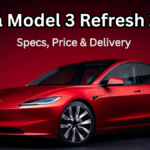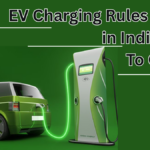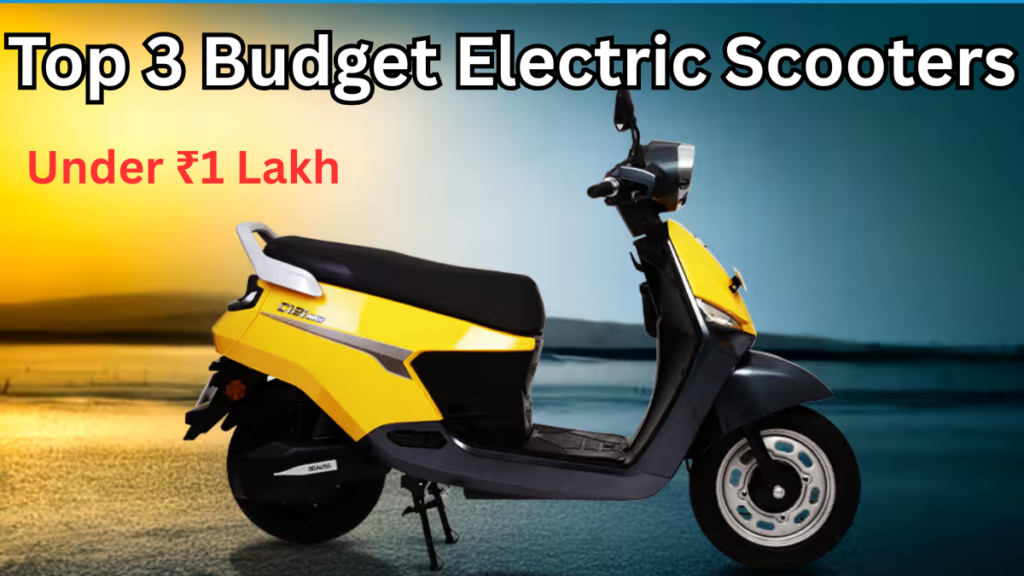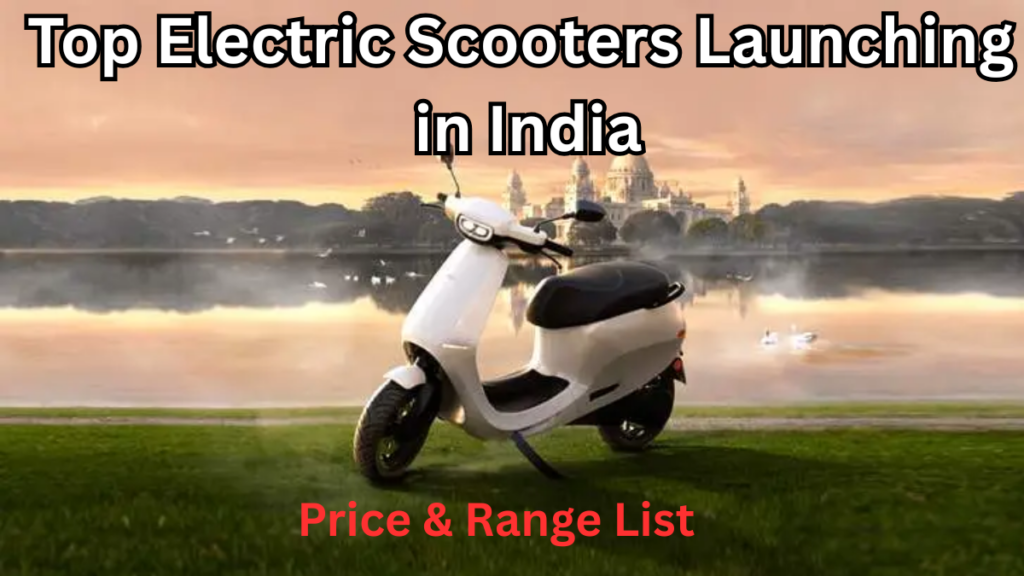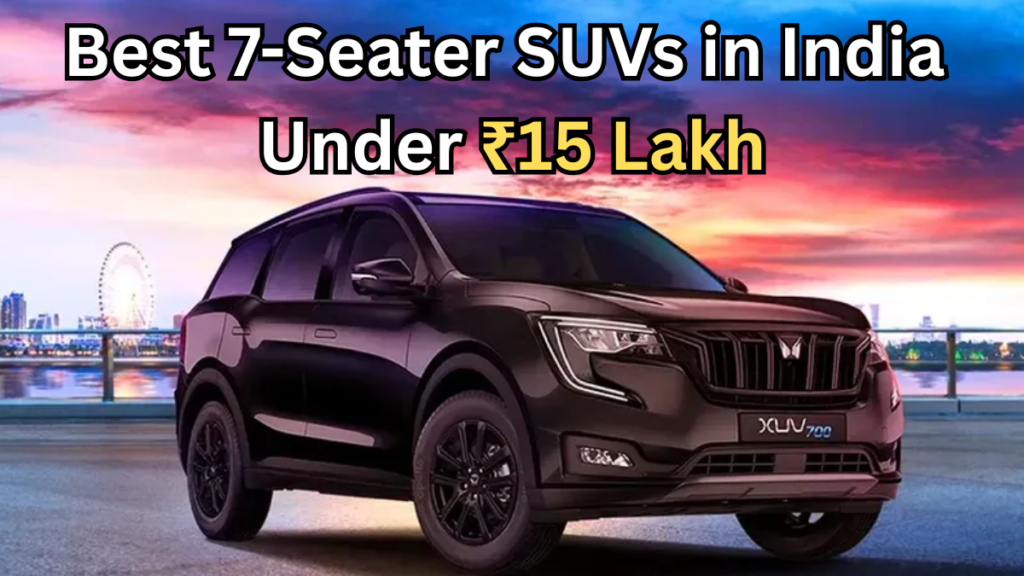Electric vehicles (EVs) have been steadily gaining traction in India, and 2025 is shaping up to be a pivotal year for EV enthusiasts. If you’re considering making the switch to an electric car, this EV buying guide 2025 will help you navigate everything you need to know — from government incentives to practical electric car tips.

Table of Contents
Why Consider Buying an EV in India Now?
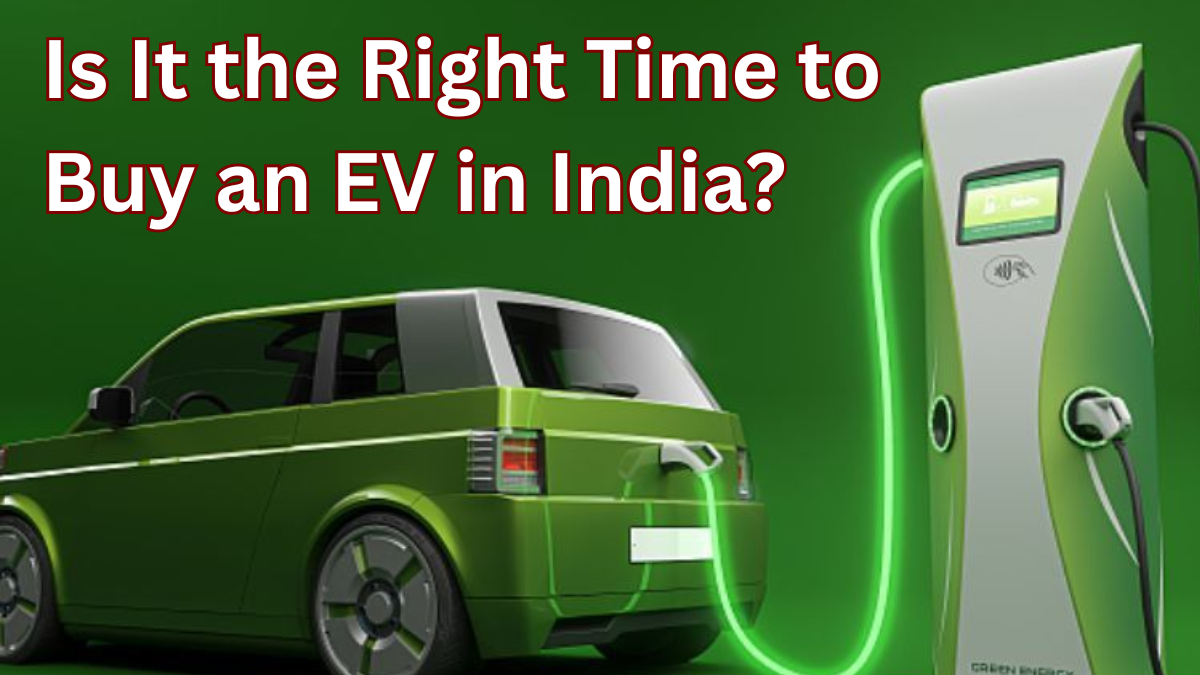
The Indian government is actively promoting electric mobility through attractive EV subsidies India schemes, aiming to reduce pollution and dependence on fossil fuels. But beyond the subsidies, there are several compelling reasons why 2025 could be your ideal year to invest in an EV:
-
Cost savings on fuel: Electricity is cheaper than petrol or diesel.
-
Lower maintenance: EVs have fewer moving parts, meaning less frequent servicing.
-
Growing charging infrastructure: More fast chargers and public stations are coming up across cities.
-
Environmental benefits: Reduced carbon footprint and contribution to cleaner air.
Key Factors to Consider Before Buying Your EV
Before making the leap, keep these practical considerations in mind:
Factor |
What to Know |
Why It Matters |
|---|---|---|
Range |
Most affordable EVs now offer 200-400 km range |
Suits daily commute and occasional trips |
Charging Options |
Home charger installation & public charging |
Convenience and charging time |
Budget & Subsidies |
Central & State subsidies can reduce costs |
Lowers initial investment significantly |
Resale Value |
EV resale market is evolving |
Important for long-term investment |
Smart Electric Car Tips to Make Your Purchase Easier
Here are some essential electric car tips to keep in mind as you shop around:
-
Check battery warranty: Most manufacturers offer 8 years or more.
-
Assess your daily travel: Buy an EV that comfortably covers your usual distance.
-
Explore government subsidies: Make sure you understand the eligibility and claim process for EV subsidies India.
-
Consider total cost of ownership: Include insurance, maintenance, and electricity costs.
-
Test drive multiple models: Different brands offer varied driving experiences.
What Are the Available EV Subsidies in India in 2025?
To encourage adoption, the government provides financial incentives at both central and state levels:
Subsidy Type |
Details |
Benefit |
|---|---|---|
Faster Adoption & Manufacturing of Hybrid & Electric Vehicles (FAME II) |
Central subsidy on electric two-wheelers, three-wheelers, and cars |
Can reduce EV cost by up to ₹1.5 lakh |
State-Level Incentives |
Varies by state (e.g., Delhi, Maharashtra, Karnataka) |
Additional tax exemptions, registration fee waivers, and subsidies |
GST Reduction |
GST on EVs reduced to 5% |
Lower upfront cost |
Is 2025 Really the Best Year to Buy an EV?
Given the increasing availability of models, better technology, expanding charging networks, and attractive subsidies, 2025 looks very promising for EV buyers in India. However, it’s essential to do your research and align your purchase with your lifestyle needs.
FAQs
Q1: What is the average price range of EVs in India in 2025?
A: EV prices vary widely, from around ₹1 lakh for electric scooters to ₹20 lakh+ for premium electric cars. Mid-range electric cars typically cost between ₹8-15 lakh.
Q2: How can I claim EV subsidies in India?
A: You can claim subsidies by purchasing vehicles eligible under the FAME II scheme and submitting required documents during registration. State-specific subsidies often require additional paperwork.
Q3: Are there enough public charging stations in India?
A: Charging infrastructure is expanding rapidly, especially in metro cities. However, home charging remains critical for daily convenience.
Q4: How do electric cars perform in Indian weather conditions?
A: Modern EVs are designed to handle various climates, including India’s heat. Battery management systems ensure optimal performance and safety.
If you’re ready to take the plunge, this EV buying guide 2025 will keep you informed and help you make the smartest choice. Remember, the electric vehicle revolution is here, and with the right information and incentives, it’s never been easier to drive green!
Click here to learn more
